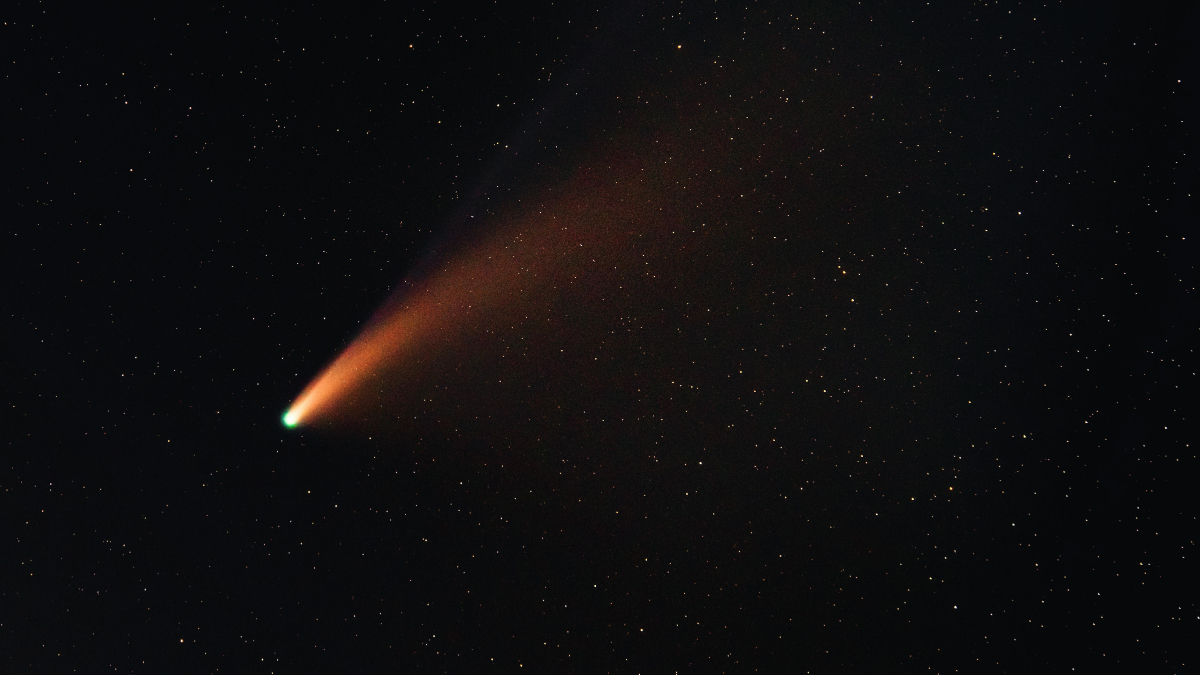Residents of the UAE will have a rare chance to observe a comet that appears only once every several thousand years, Khaleej Times reported. Named C/2023 A3, this long-period comet was discovered earlier this year by an astronomical survey that also led to the discovery of Earth’s “mini moon.”
The comet may become “the brightest of the century” if its brightness increases to more than 0.5 magnitude, according to Khadijah Ahmad, operations manager at the Dubai Astronomy Group. However, this is not guaranteed, as the comet’s behavior could change as it approaches the Sun.
C/2023 A3 made its initial appearance in the UAE skies just before sunrise on September 27, visible in the eastern horizon until October 2. However, this early sighting is only possible with a telescope. The comet is expected to reappear from October 12 to October 30 in the western sky after sunset, following its closest approach to the Sun, known as perihelion.
During its October appearance, the comet might be visible to the naked eye, but for the best view, it is recommended to use a telescope, Ahmad said. Factors such as weather conditions, light pollution, and the comet’s position near the horizon could affect visibility.
Observers are encouraged to find spots far from city lights, like desert locations, for the clearest view of the comet, Ahmad added.
Long-period comets like C/2023 A3 have orbits that bring them into the inner solar system only once in thousands of years. These comets are thought to originate from the Oort cloud, a distant region of icy bodies that encircles our solar system, first theorized by astronomer Jan Oort in the 1950s.
Most long-period comets have been seen only once in recorded history due to their extensive orbital periods, with some passing through the inner solar system for the first time since their formation, according to NASA.






